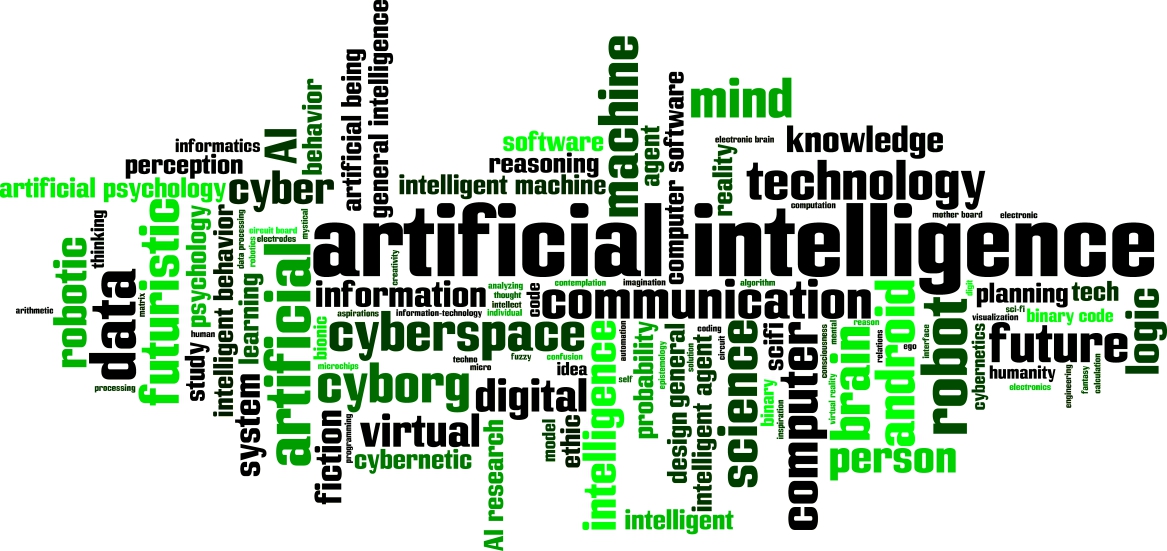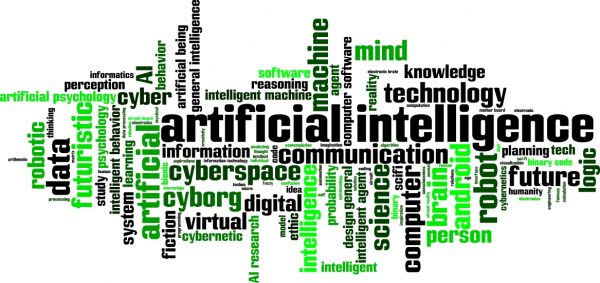Our life in 2030: outlooks from one of the most compelling study on AI


How will our life be in 2030? All the answers from seventeen-member panel of the ‘The One Hundred Year Study on Artificial Intelligence’, comprised of experts in AI from academia, corporate laboratories and industry, and AI-savvy scholars in law, political science, policy, and economics that have considered recent advances in AI and potential societal impacts on jobs, environment, transportation, public safety, healthcare, community engagement, and government.
Probably It’s one of the most compelling long-term investigation of the field of Artificial Intelligence and its influences on people, their communities and society. I’m talking about the first ‘The One Hundred Year Study on Artificial Intelligence’, launched in the fall of 2014 and published for the first time on September 2016.
This firs edition of the report, realized from a Standing Committee where seventeen members from academia, corporate laboratories and industry, and AI-savvy scholars in law, political science, policy, and economics, periodically review It providing a collected and connected set of reflections about AI and its influences, is focused on ‘AI and Life in 2030’.
The committee focused its attention on eight domains the experts considered most salient, reflecting in each of these domains the progress in the past fifteen years and anticipating developments in the coming fifteen years: transportation; service robots; healthcare; education; low-resource communities; public safety and security; employment and workplace; entertainment.
Just to give you an idea, here’s what’s reported in some pages:
1) Transportation: autonomous transportation will soon be commonplace and, as most people’s first experience with physically embodied AI systems, will strongly influence the public’s perception of AI; as cars will become better drivers than people, city-dwellers will own fewer cars, live further from work, and spend time differently, leading to an entirely new urban organization; and more… shared transportation may displace the need for public transportation – or public transportation may change form towards personal rapid transit that uses small capacity vehicles to transport people on demand.
2) Healthcare: AI-based applications could improve health outcomes and quality of life for millions of people in the coming years, but only if they gain the trust of doctors, nurses, and patients; there are great opportunities in the mobile health filed (thousands of mobile apps combined with the emerging trend of more specialized motion tracking devices, such as Fitbit, and the emerging (inter)connectedness between the home environment and health-monitoring devices, have creating a vibrant new sector of innovation).
3) Public Safety and Security: “as dramatized in the movie Minority Report, predictive policing tools raise the specter of innocent people being unjustifiably targeted. But well-deployed AI prediction tools have the potential to actually remove or reduce human bias”, the experts reported. “Cities already have begun to deploy AI technologies for public safety and security. By 2030, the typical North American city will rely heavily upon them. These include cameras for surveillance that can detect anomalies pointing to a possible crime, drones, and predictive policing applications. As with most issues, there are benefits and risks. Gaining public trust is crucial”.
Very interesting, as reported in this study, the analysis of the AI technology research and the trends that are now influencing the future of AI. For example, we are now observing the maturation of machine learning, stimulated in part by the rise of the digital economy that provides large amounts of data: “machine learning has been propelled dramatically forward by impressive empirical successes of artificial neural networks, which can now be trained with huge data sets and large-scale computing. This approach has been come to be known as deep learning”, say the experts. In their opinion, “the field of AI is shifting toward building intelligent systems that can collaborate effectively with people, including creative ways to develop interactive and scalable ways for people to teach robots”.
These the trends will drive the hot areas of AI research: large-scale machine learning, deep learning, reinforcement learning, robotics, computer vision, natural language processing, collaborative systems research, crowdsourcing and human computation research, algorithmic game theory and computational social choice, IoT and neuromorphic computing.
More information and download full report in Pdf HERE